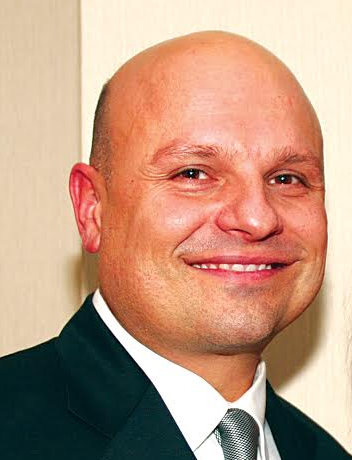Chuck Otey’s Pro Bono Barrister for Nov. 10

Brooklyn Bar Association’s Nov. 13 CLE Session Offers Attorneys Update, Insights into Different Areas of Practice
Barristers looking for a broad view of various areas of the law outside of the type of cases they handle — as well as a chance to gain eight CLE credits in one day — are signing up already for the Brooklyn Bar Association’s (BBA) Update Seminar to take place on Friday, Nov. 13 at BBA headquarters, 123 Remsen St.
BBA CLE Director Amber Evans has arranged for a number of respected barristers to present the latest and most significant developments in their respective fields.

Brooklyn Boro
View MoreNew York City’s most populous borough, Brooklyn, is home to nearly 2.6 million residents. If Brooklyn were an independent city it would be the fourth largest city in the United States. While Brooklyn has become the epitome of ‘cool and hip’ in recent years, for those that were born here, raised families here and improved communities over the years, Brooklyn has never been ‘uncool’.